
Getting baby chicks is so much fun. Those fuzzy balls of fluff have a way of melting even the chilliest of hearts, and before you know it, you’re completely attached to them.
So, you can imagine the problems that arise when one of your ‘pullets’ turns out to be a rooster.
For some, it means one less egg layer in your flock, but for many backyard chicken owners, a rooster creates a whole host of problems. You can suddenly find yourself surrounded by angry neighbors or be in violation of local ordinances.
If you don’t want to gamble with straight run or risk receiving chicks in the 5%-10% sexed incorrectly, then an autosexing or sex link breed is for you. (And there are plenty to choose from.)
Just How Accurate is Chicken Sexing?
Now, here’s the thing, considering the number of chicks that pass through a chicken sexer’s hands, their accuracy is pretty impressive.
But, like most things, it’s not 100% guaranteed.
Accuracy depends largely on the experience of the chicken sexer and the breed and age of the chicks. According to Cackle Hatchery, only about 60% of day-old chicks are easily distinguished as male or female. With the other 40%, it’s an educated guess made by the chicken sexer based on their experience.
But don’t let that dissuade you; 90% of chickens are sexed correctly.
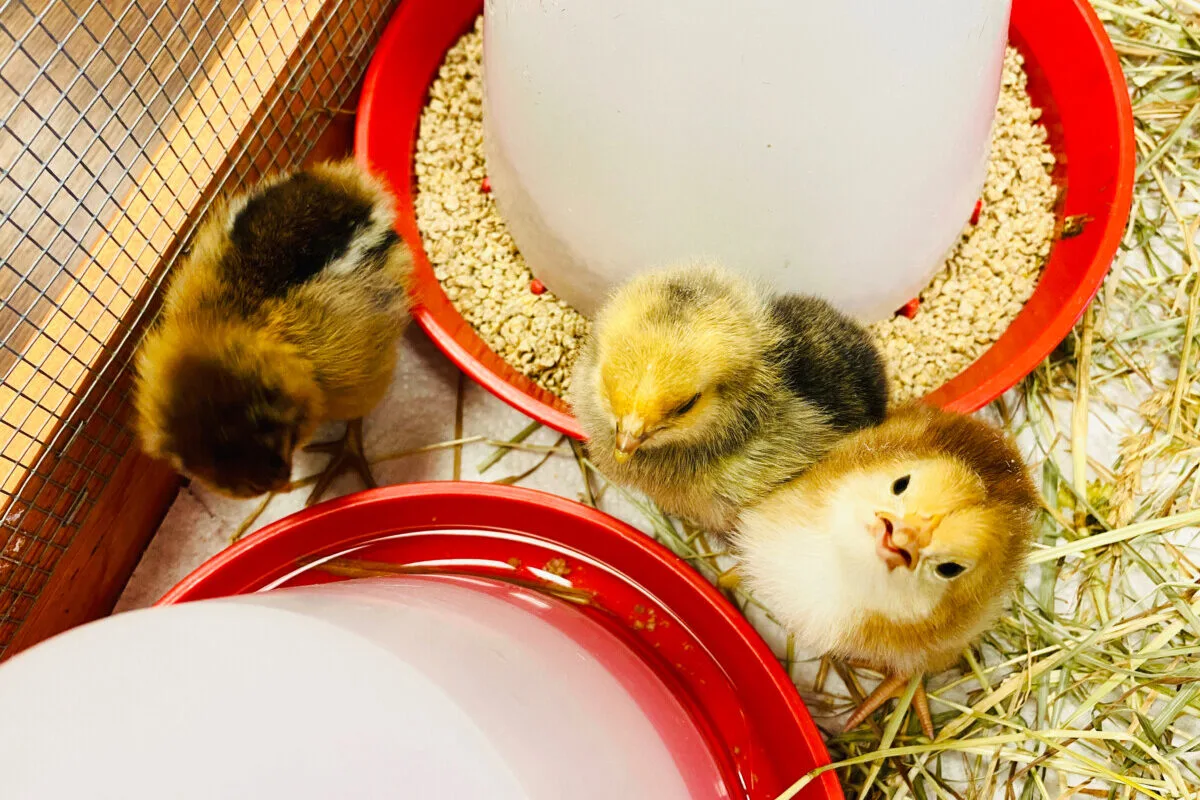
Why Sexing Error Guarantees Aren’t Much Help
Many hatcheries have some sort of guarantee that the chickens you receive are sexed correctly. This sounds great and feels reassuring when choosing chicks from their website. In practice, that guarantee can still lead to disappointment and headaches, as it’s usually no more than a refund for your chick.
My own experience demonstrates the issues with such guarantees.
A friend and I decided to order chicks together. As we both only wanted a few birds, we ordered from a popular online website aimed at backyard poultry owners with a six-chick minimum order. The site boasted a 95% sexing accuracy rate and had a sexing guarantee.
Our chicks arrived healthy and adorable. My friend took her chicks home, and I took mine. A month or two later, we both realized we each had a rooster on our hands.
Out of the seven chicks we ordered, two ended up being roosters.
We had to wait until our little men were ten weeks old before we could submit photos to prove their roosteriness and receive our refund. The company felt so bad that we ended up with two roosters that they even gave us store credit for each of the two breeds that ended up being roosters so we could reorder them.
My friend and I both laughed at this gesture. You have to order a minimum of six chicks; we couldn’t simply replace the two birds, and doing so would mean integrating a new single chick into an already established older flock.
After all was said and done, and the company honored their sexing guarantee, my friend and I still had two noisy, crowing, ahem…sexually mature roosters strutting around. We both had one less egg-laying bird in our coop. And both of us were saddled with the problem of rehoming our roosters as we live in areas where they’re not allowed.
For me, the worst part was that our rooster belonged to my youngest son, and now we had to tell him we had to get rid of his chicken. We were heartbroken, as he had completely stolen our hearts.
So, you can see that while sexing accuracy guarantees can sort you out monetarily, your rooster problem is anything but solved.
The Brilliance of Sex Link & Autosex Breeds
You can avoid these headaches altogether by choosing sex linked or autosexing breeds for your flock. But first, let’s take a quick look at these terms and some other terminology you need to know when purchasing laying hens.
Straight Run
Straight run means the chicks are unsexed. You get what you get. It’s the ultimate poultry gamble.
Pullet
Technically, a pullet is a female chicken between the age of 15-22 weeks. In most cases where the word is used, it refers to a bird of any age sexed as female that hasn’t started laying yet.
Sex Link & Autosex Breeds
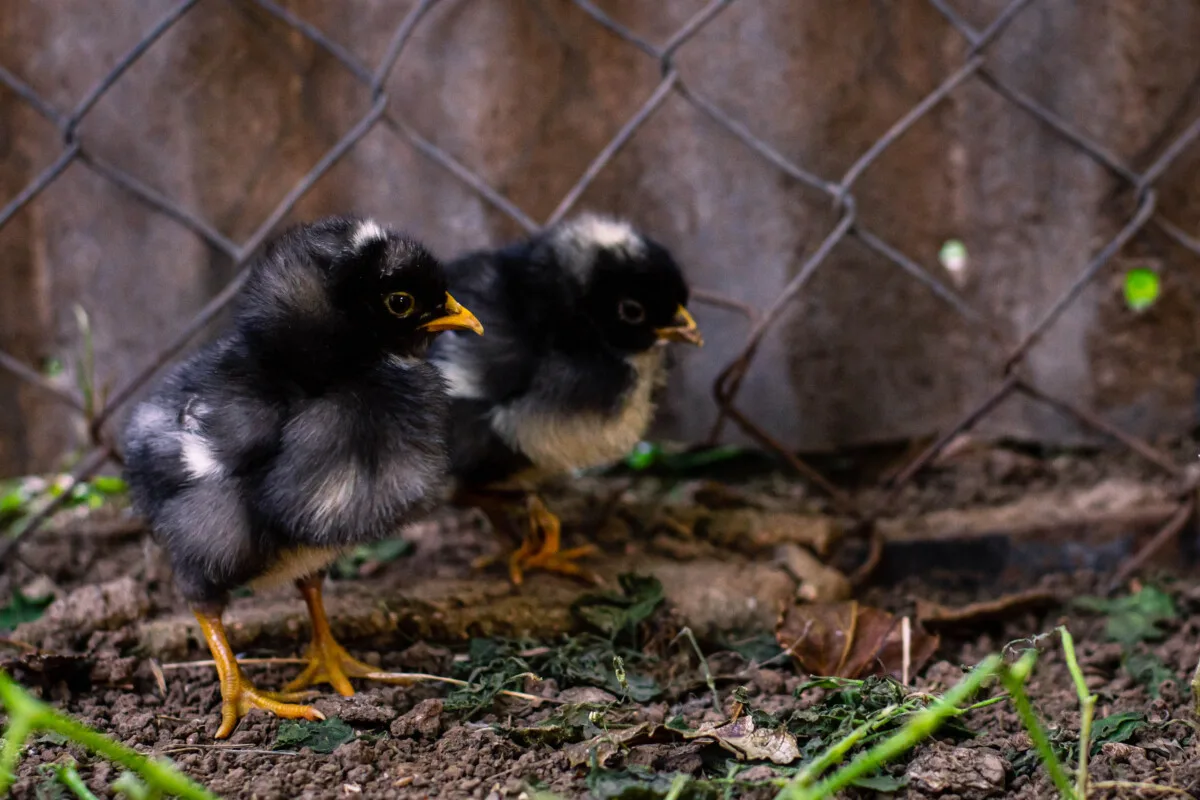
Sometimes you’ll see these two words used interchangeably to mean a breed that can be sexed based on appearance at hatching. Male and female chicks are discernable from one another without having to check the chick’s vent or rely on undeveloped wing feathers. The male or female will be different from one another based on coloring, spots, stripes or other visible markings.
There is a difference between sex links and autosexed breeds, though, unless you plan on breeding, it’s not that important for most of us.
Sex Link Chickens
Sex link is the term used when different breeds of chicken are crossed to produce chicks with discernably different sex features. A prime example is the Red Star, in which a Rhode Island Red rooster is bred to a White Plymouth Rock hen. The resulting chicks will be rusty-colored if female and light yellow if male. Ta-dah! Easy and accurate chicken sexing.
There are two important things to note about sex link breeds.
Because they are not purebred and are a cross of two different breeds, any subsequent generations will not breed true. Also, and this is kind of cool, the sex of the breeds crossed is important. You’ll note I said you need to breed a Rhode Island Red rooster with a White Plymouth Rock hen to get Red Stars. If you were to breed a Rhode Island Red hen with a White Plymouth Rock Rooster, you would not end up with Red Star chicks.
Pretty wild, right? Sex link breeds are usually some of the best layers too. This means you’ll have plenty of eggshells to use around the home and garden.
1. Black Star
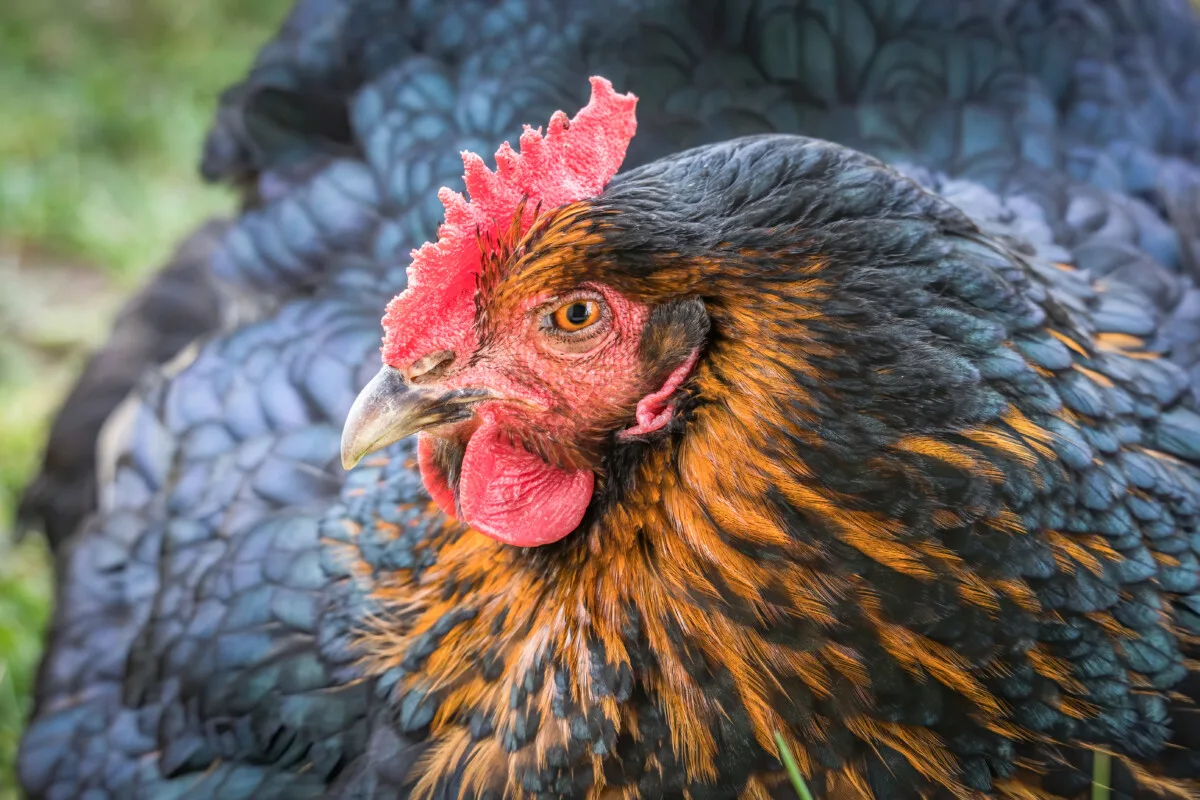
Black sex links are a cross between Rhode Island Reds and Barred Rocks. They’re friendly, but can be a bit skittish. They lay brown eggs, around 300 per year, but they’re also a great dual-purpose bird and can be kept for meat as well. The chicks are born all black, except the males will have a small patch of white feathers on their heads.
2. ISA Brown
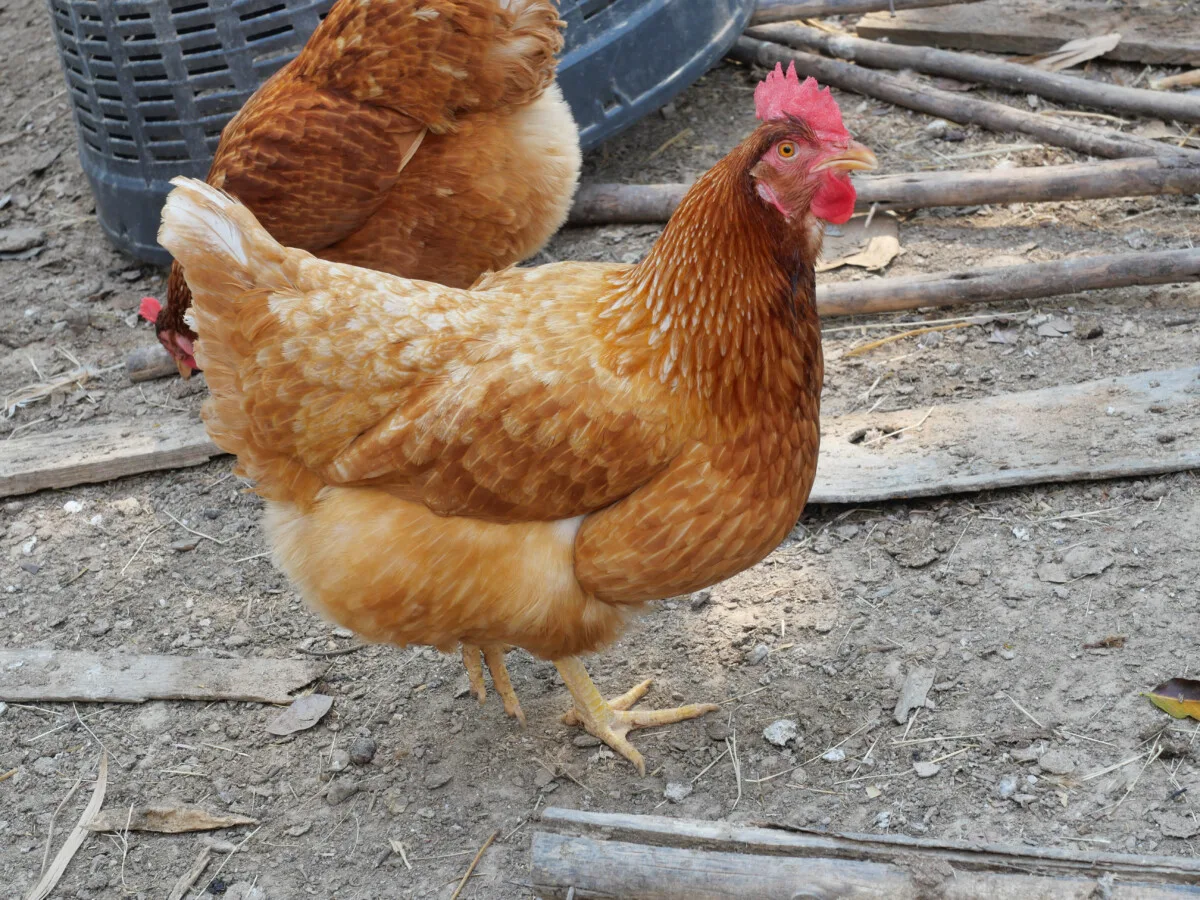
These sweet-natured birds are a great addition to the family flock. And as far as egg production goes, it’s hard to beat the ISA Brown at around 300 brown eggs per year. The ISA Brown is a cross using Rhode Island Reds and White Leghorns. The resulting chicks are tan pullets and white cockerels.
3. Lohmann Brown
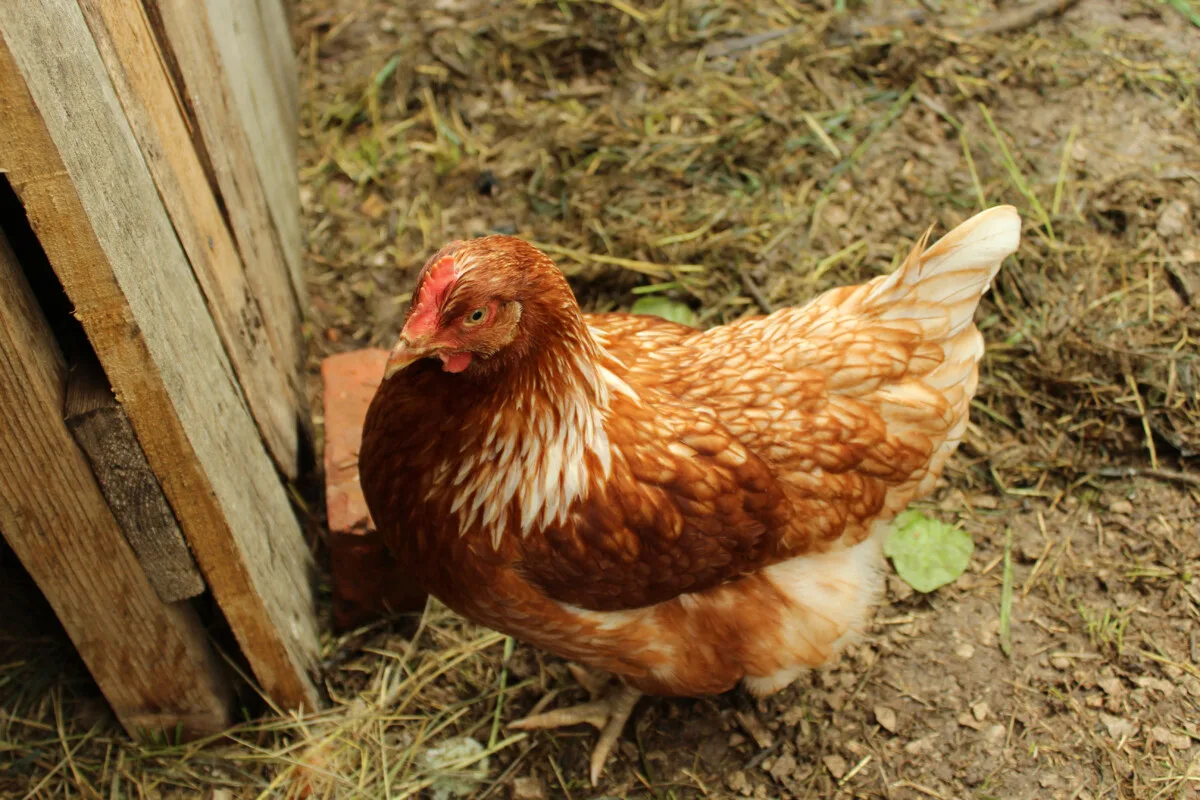
The Lohmann brown comes from Germany and are named after the genetics firm that initially developed them. They’re a cross between New Hampshire chickens and other brown egg layers selected for productivity. They are sweet and docile and brilliant egg layers. The Lohmann brown lays between 290-320 tan or brown eggs.
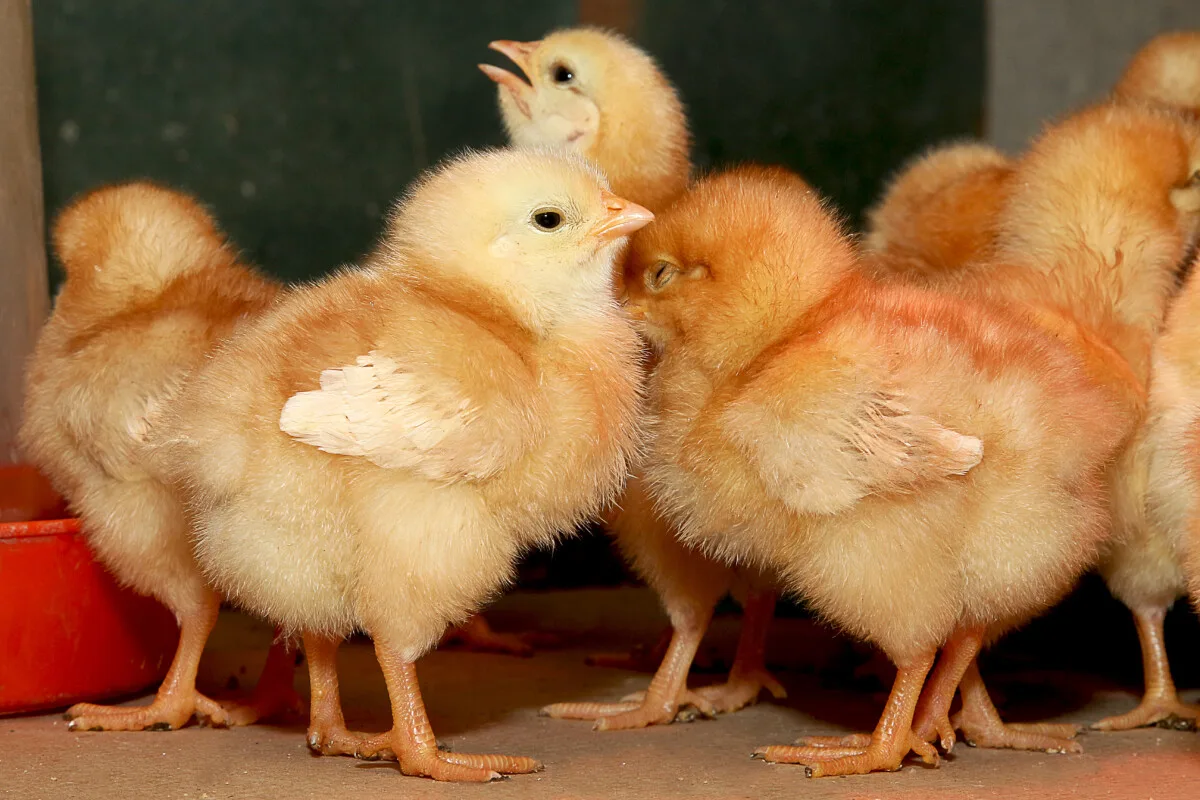
The pullets are red at hatching, and the cockerels are yellow.
4. Red Star/Golden Comet/Cinnamon Queen
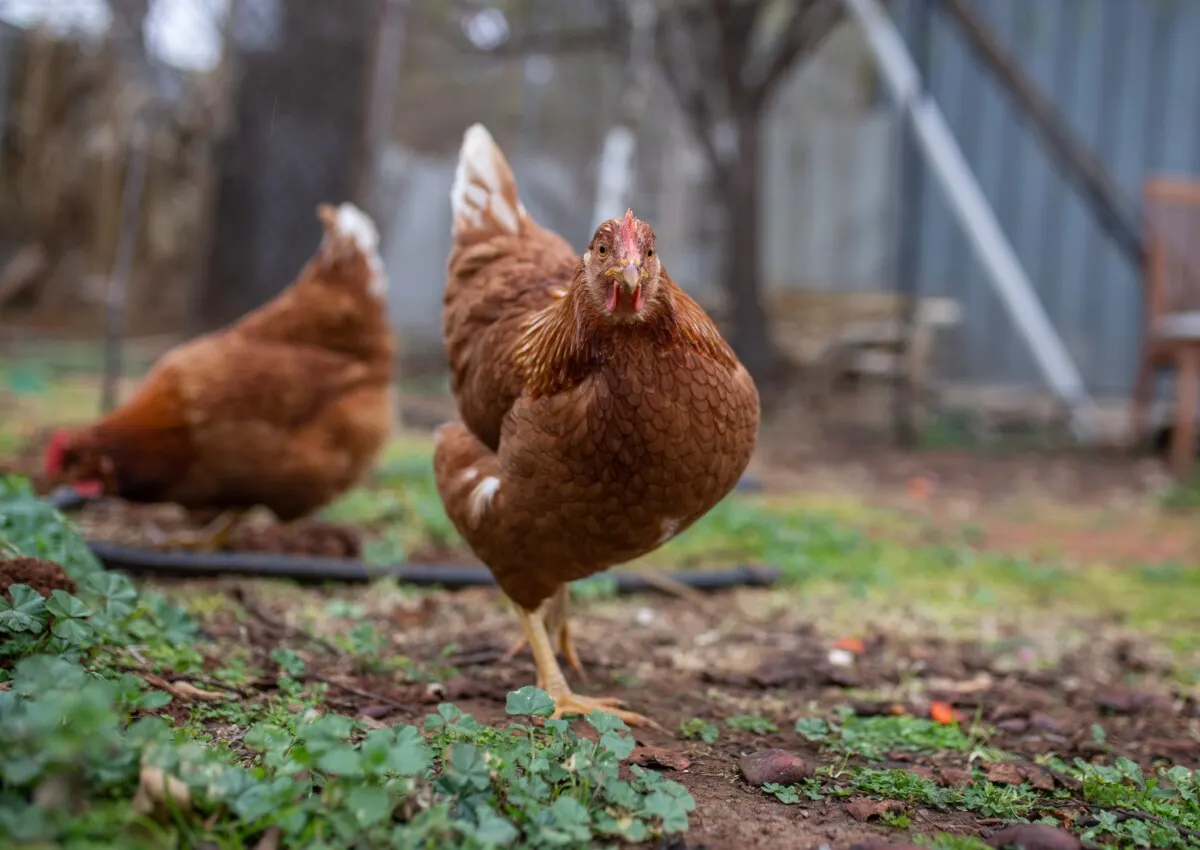
These birds were bred specifically for commercial egg production. Red Stars lay between 250-320 eggs a year. However, their egg production goes down quite a bit after two years, and they can develop health problems. The females are golden with stripes, and the males are pale yellow.
Autosexing Chickens
Autosex refers to specific pure breeds where the offspring are easy to sex based on appearance alone. Autosexing chickens are not a cross of other breeds, so they will breed true.
Unfortunately, we’ve lost some autosexing breeds over the years, and others are rare and hard to find.
The good news is interest in several autosexing breeds, such as the Bielefelder, whose numbers dwindled in the 80s, has increased with the popularity of backyard chicken keeping, and they’re making a comeback. Add a few to your flock and help bring these beautiful birds back.
They’re also pretty good layers for the most part too. Some of these autosexing chickens even made our 10 Most Productive Egg Laying Breeds list.
5. Barred Plymouth Rock
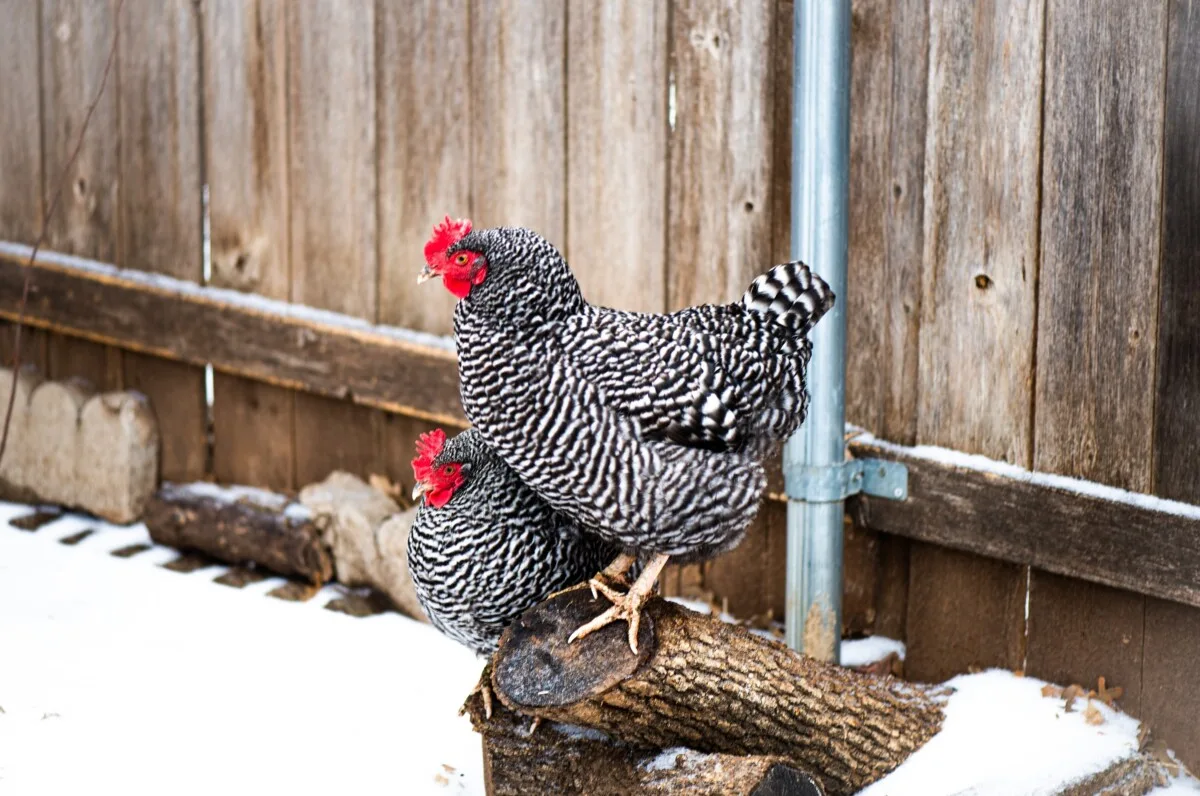
The Barred Plymouth Rock is an American breed from Massachusetts. These sweet and curious birds are great for the family flock. You can expect about 200 eggs per year with the BPR. The cockerels are light in color and have a yellow spot on their head, and the pullets will have stripes.
6. Bielefelder
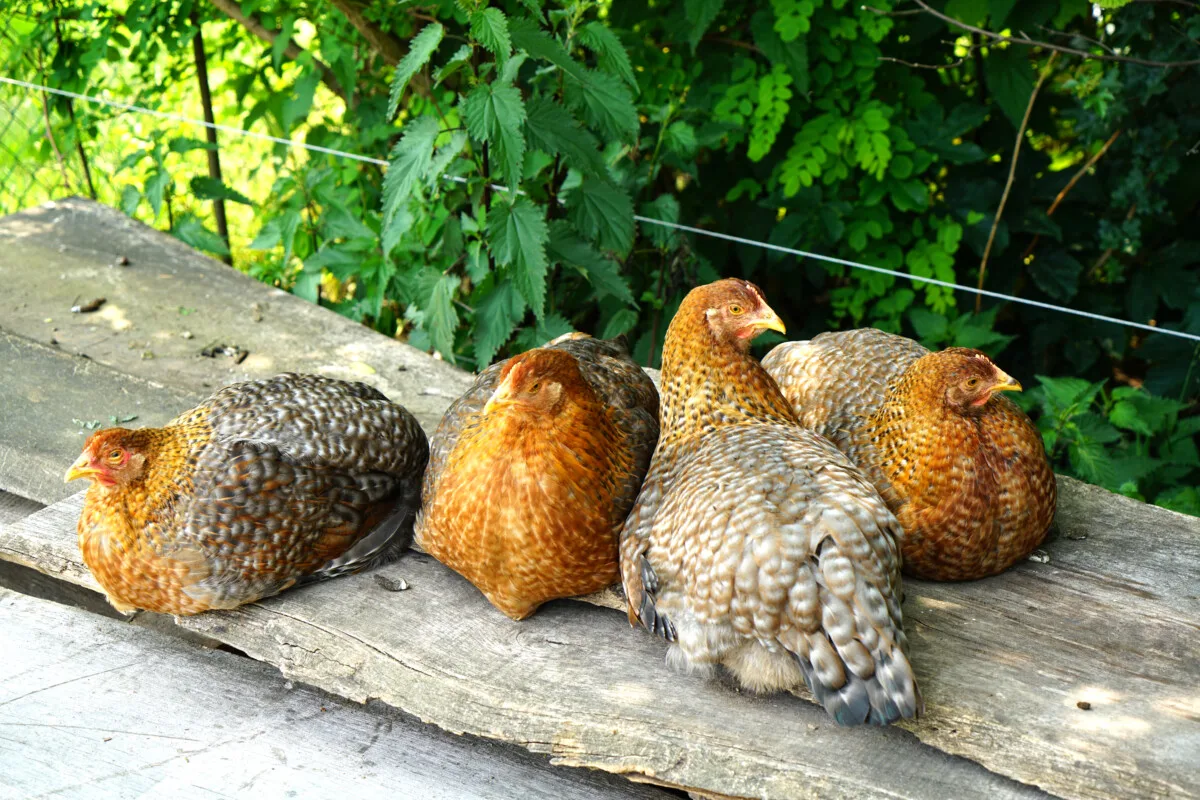
These are a new favorite in our house, a gorgeous German-bred chicken that lays lovely pinkish-brown eggs. They are quite large and known to be cuddlers making them the perfect breed for a family with kiddos. Because of their size, they are an excellent dual-purpose breed. You can expect between 230-280 eggs a year with the German “Uber” chicken.
Chicks are sexed easily as the females have a “chipmunk” appearance with brown lines around their eyes and stripes down their back; they also have darker down and legs, while the males are lighter with a spot on their heads.
7. Buckeyes
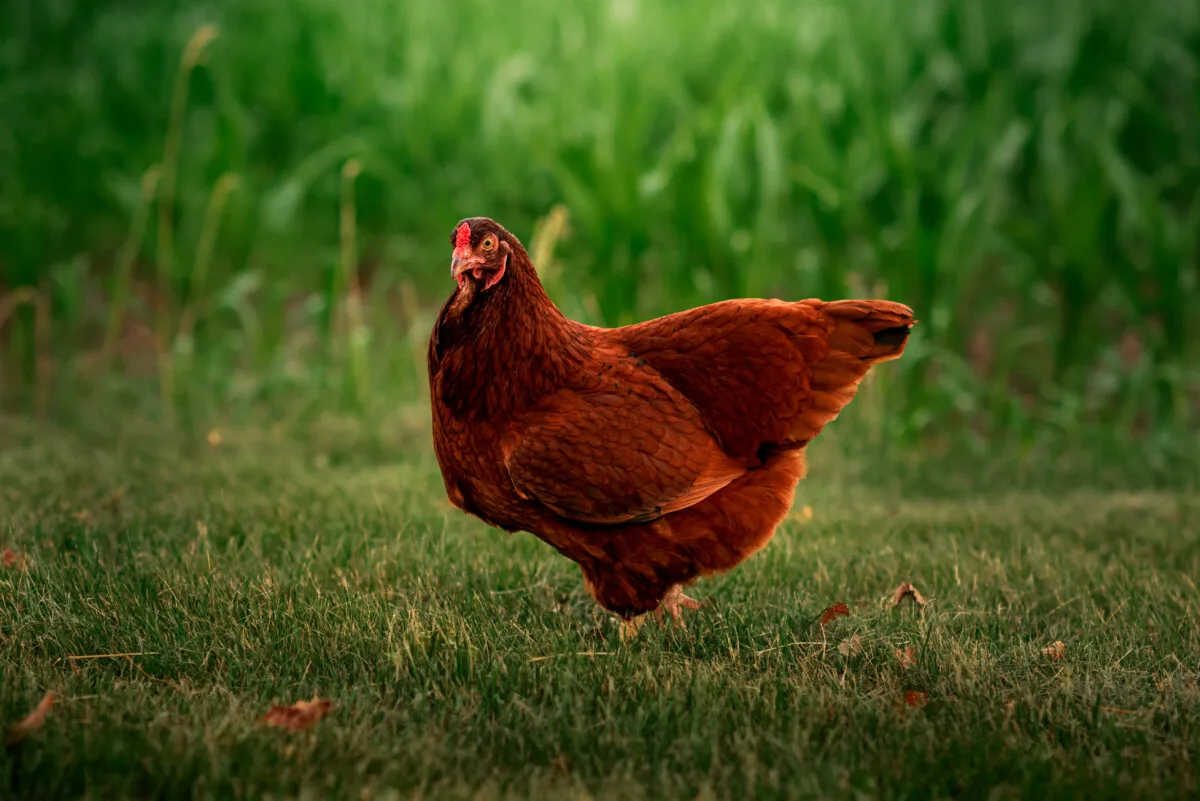
The Buckeye is an American heritage breed, unsurprisingly, from Ohio. Buckeyes are curious and friendly and great foragers making them suited for free-ranging. They lay between 175-230 brown eggs a year. They are another chicken that almost went extinct, and thanks to renewed popularity are making a comeback. The pullets have either stripes down their backs or a white spot on their heads, while the cockerels have a light-colored spot on each of their upper wings.
8. Buff Orpingtons
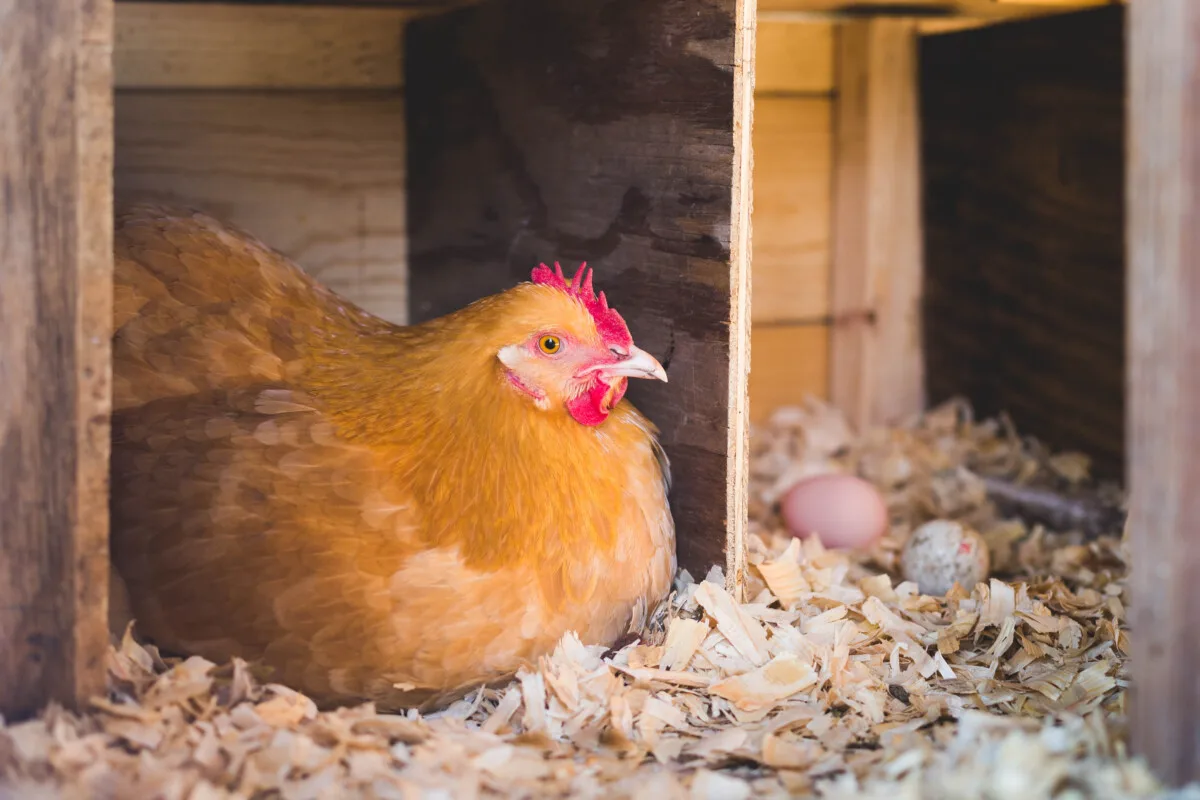
Another gentle giant, Buff Orpingtons, are larger birds with sweet temperaments. These English birds make good mothers and are good layers to boot, producing anywhere from 200-280 brown eggs a year. Buff Orpingtons are not especially heat-tolerant, an important consideration if you live in warmer climates. The chicks are easily sexed at hatching, with the pullets having stripes down their back or a dark spot on their heads. The cockerels have a cream-colored spot on their heads or upper wings.
9. Cream Legbar
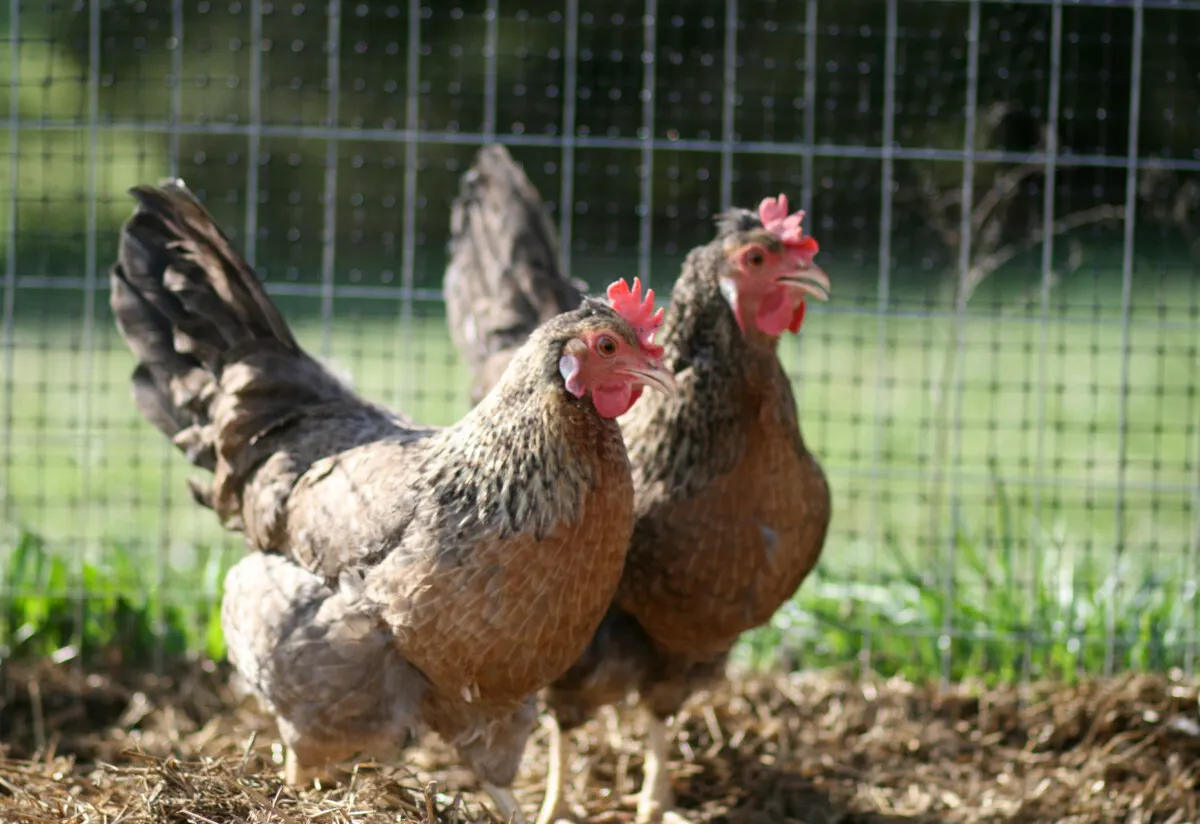
The Cream Legbar is quite the unique breed, with a little crest of feathers that pops up behind their combs. They are another friendly breed, making them ideal for your small flock. One of my favorite features of the Cream Legbar is the beautiful blue eggs they lay, around 200 a year. Occasionally, you’ll get one that lays green eggs rather than blue. The Cream Legbar hails from England.
The chicks are easy to tell apart as the males are lighter in color and have a pale spot on their noggins, and the pullets are darker and have stripes running down their backs.
10. Rhodebar
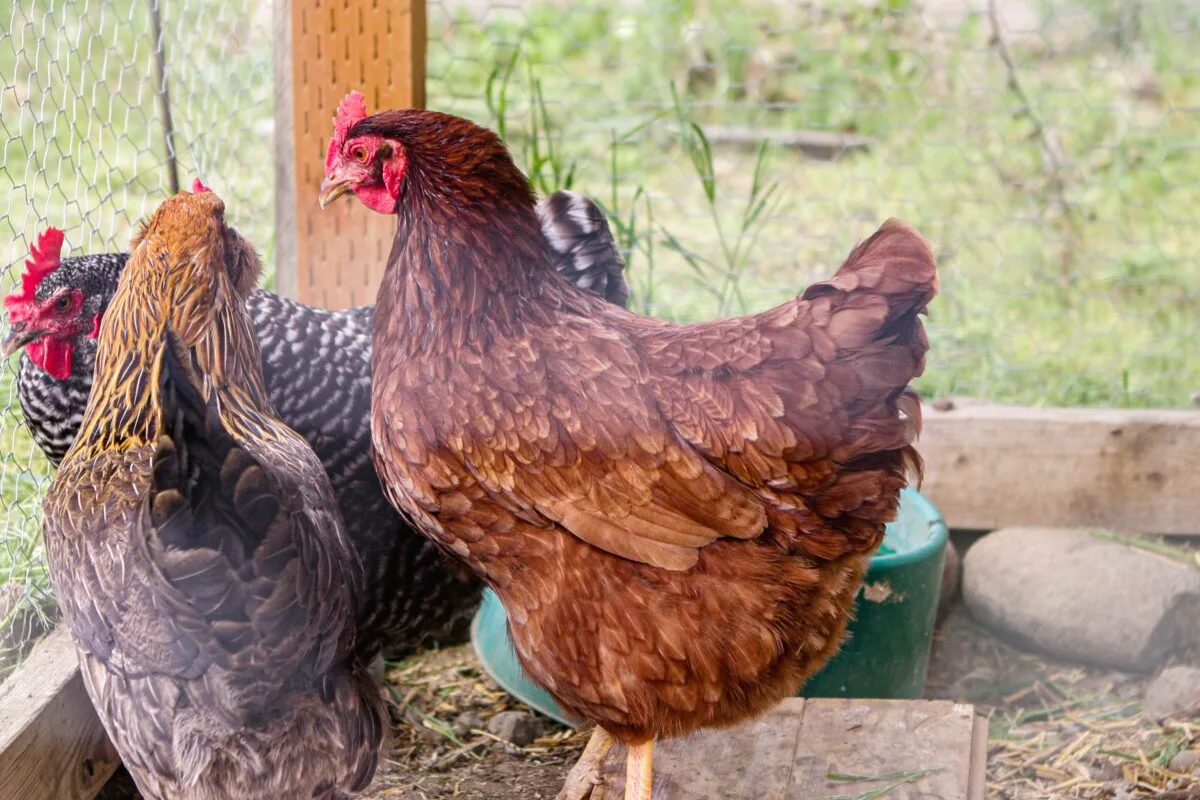
The Rhodebar is a rare breed, making it more difficult to find, but also a great choice for flock owners looking to help preserve the breed. The hens are friendly and docile, although the roosters can be aggressive. This English breed produces between 180-200 brown eggs. The cockerels are a pale yellow, and the pullets have dark chipmunk stripes down their backs.
11. Rhode Island Reds
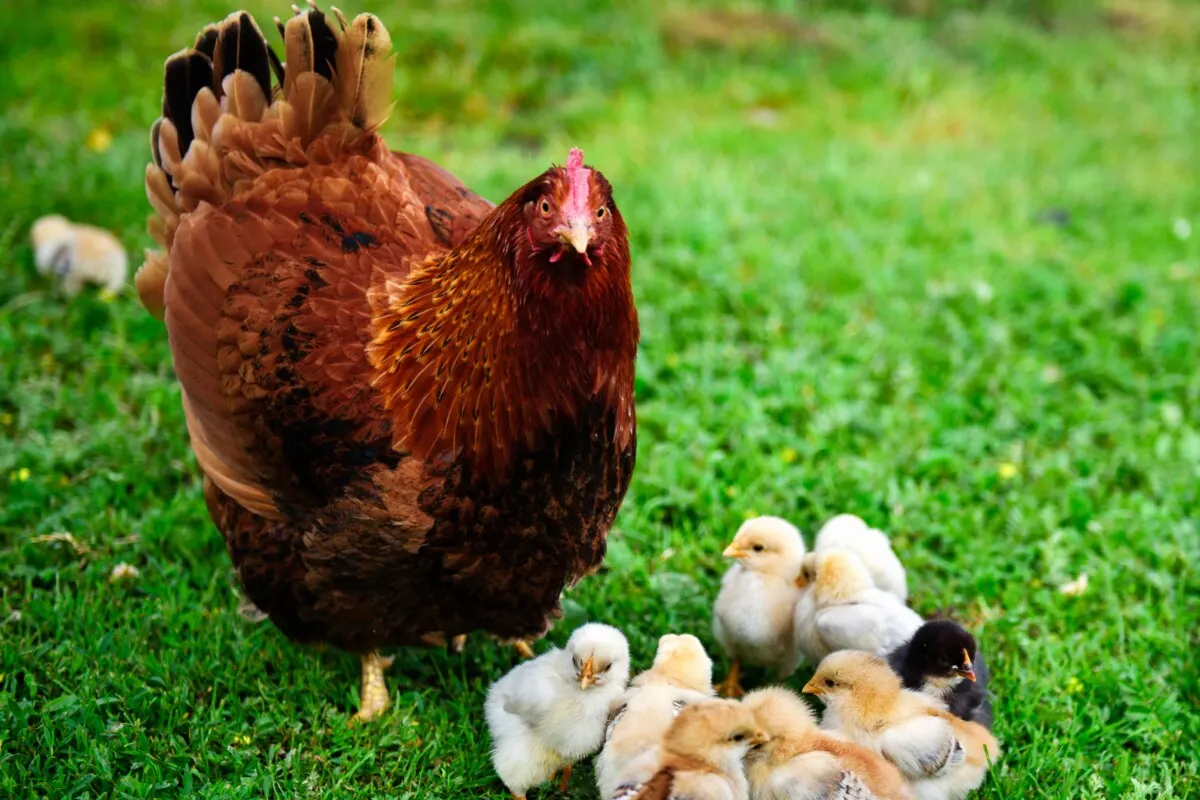
Many sex link chickens were created with this famous bird. Originating in its namesake state, Rhode Island Reds are excellent foragers. They are pretty docile and friendly. Their egg production is hard to beat for a purebred, laying between 200-300 light brown eggs yearly. The cockerels have a light-colored spot on their wings and bellies, and the pullets are a rusty red.
12. Silver Leghorn
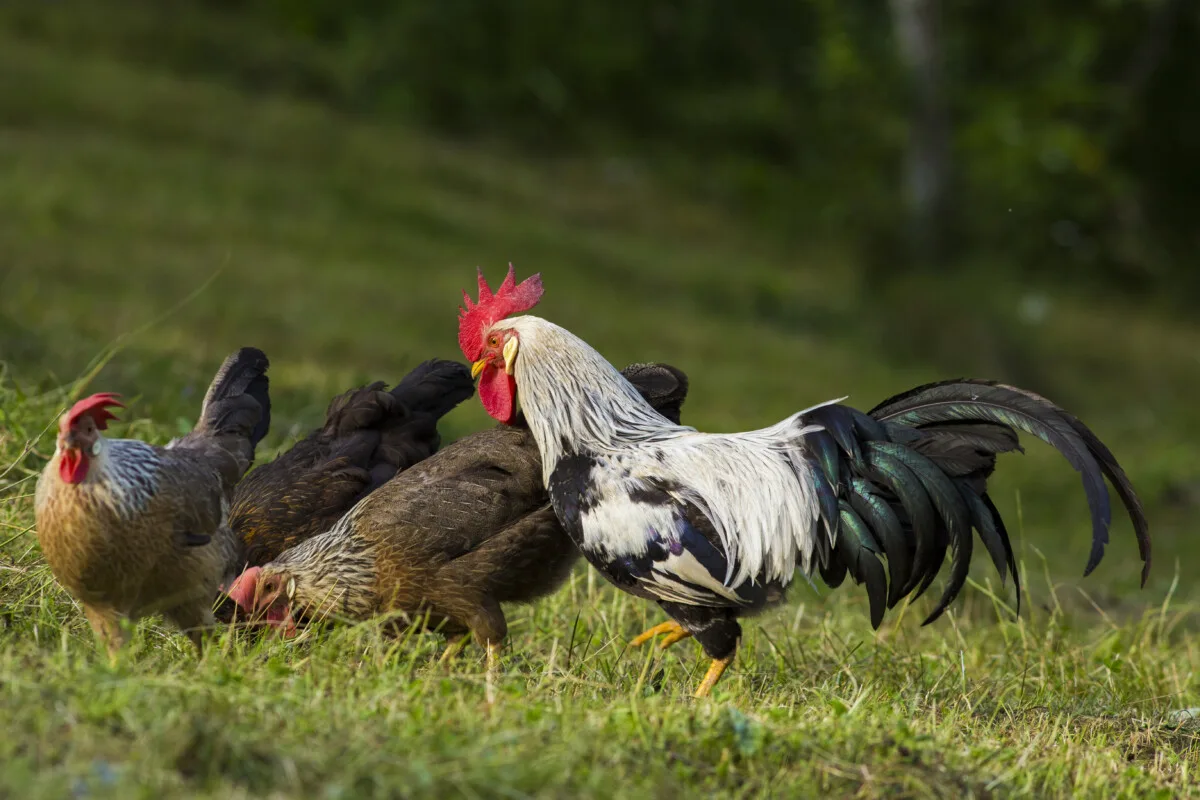
Leghorns are an Italian breed popularized here in the states. Nearly all white eggs you buy in the grocery store come from a leghorn or a leghorn hybrid. They’re quite skittish around people and aren’t overly friendly. But their flighty nature is easily excused by their egg production. You can expect around 290 white eggs a year from this prolific layer. Again, these birds will have the characteristic “chipmunk” stripe at hatching, with males being lighter and stripes ending at the crown, sometimes with a spot, and the pullets being much darker with the stripe extending up over the head.
13. Welsummers
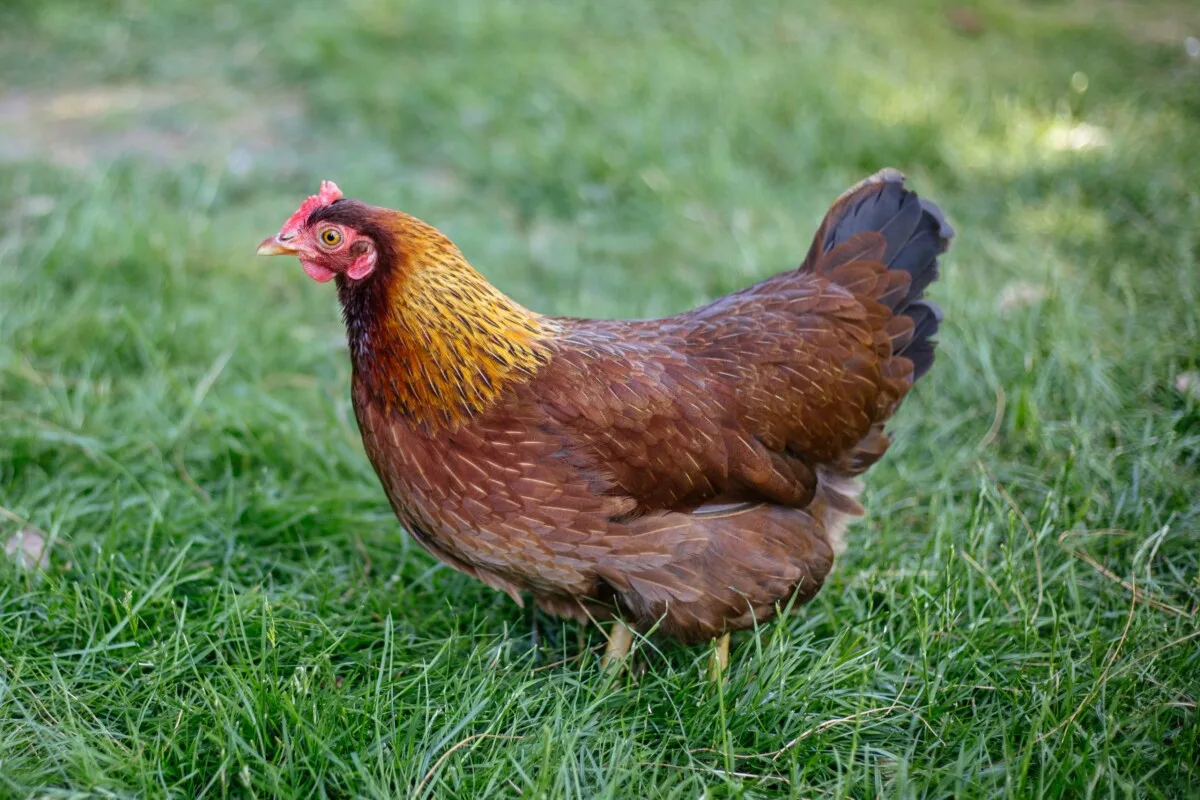
This beautiful Dutch breed lays reddish-brown eggs. They’re calm birds with a sweet temperament. You can expect between 160-250 eggs from Welsummers. The female chicks are darker with a more solid pattern, whereas the males are lighter in color, and the pattern is fuzzier.

Get the famous Rural Sprout newsletter delivered to your inbox.
Including Sunday musings from our editor, Tracey, as well as “What’s Up Wednesday” our roundup of what’s in season and new article updates and alerts.

